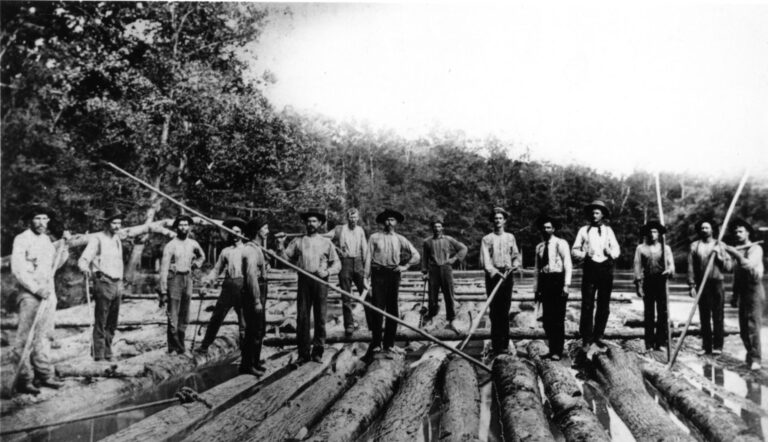The article discusses the environmental history of Georgia, focusing on human impact on the landscape throughout different eras. Initially, Native Americans influenced the landscape through fire-setting, promoting biodiversity and agriculture along river valleys. With European arrival, the landscape transformed into one focused on agriculture for export, leading to significant deforestation and soil depletion from cash crops like rice and cotton.
Post-Civil War, industrial logging surged due to rail expansion, drastically altering the landscape. By the mid-20th century, conservation efforts emerged in response to soil and timber depletion, promoting better farming practices and the establishment of wildlife refuges.
Urbanization intensified from the 1960s onward, complicating human-environment interactions, resulting in pollution and habitat fragmentation. The rise of regulations improved many environmental issues but also highlighted challenges like urban sprawl and invasive species threatening biodiversity. In response, conservation programs and the Endangered Species Act aimed to protect natural resources and promote greenspace preservation. Overall, the landscape evolved from a diverse, human-influenced mosaic to a heavily altered, fragmented environment requiring restoration efforts.
Source link


